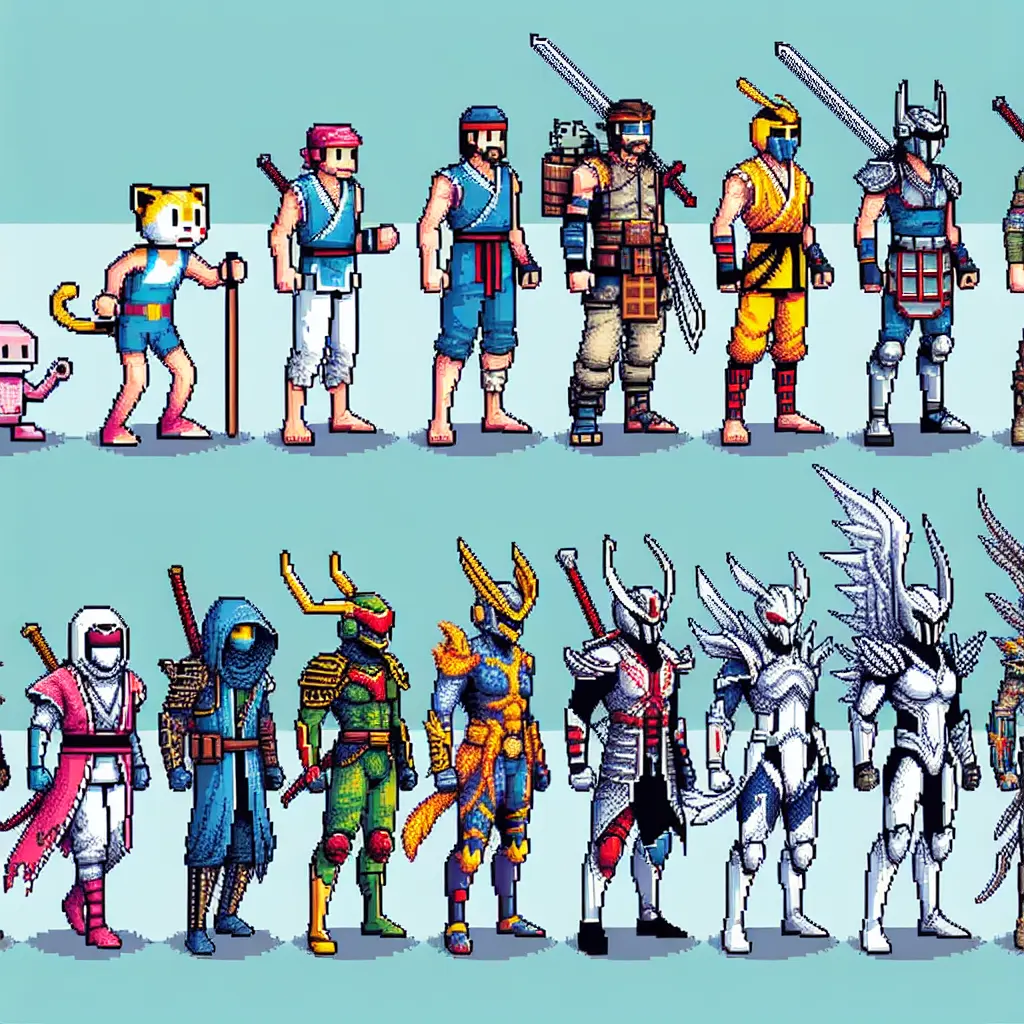
Fortnite, the ever-evolving battle royale game by Epic Games, has not only captured the hearts of millions with its dynamic gameplay but has also significantly impacted the gaming fashion landscape through its vast array of skins. From the initial simple designs to today’s intricate and themed outfits, the evolution of Fortnite skins reflects broader trends in gaming aesthetics and culture. This post delves into the history of Fortnite skins, exploring how these cosmetic changes have become a pivotal part of the game’s allure and player identity.
The Beginnings: A Modest Start
When Fortnite first launched in 2017, the skins were relatively basic. These early outfits, or "skins," were designed primarily to differentiate players on the battlefield rather than make a fashion statement. However, as the game's popularity soared, so did the creativity and variety of the skins. The introduction of the Fortnite Battle Pass at the end of 2017 marked a significant first step in what would become a rich history of Fortnite skins. Each season brought new themes and skins, transforming the Fortnite skins timeline into a mirror reflecting various pop culture and fashion trends over the years.
Iconic Fortnite Skins and Major Releases
As we discuss popular Fortnite skins, it’s impossible not to mention iconic outfits like the Skull Trooper, introduced during Fortnite’s first Halloween event, and the later addition of John Wick or Marvel’s Thanos, which showcased Fortnite's growing clout and ability to secure big-name collaborations. These partnerships not only brought new players into Fortnite's orbit but also cemented its status as a cultural phenomenon, transcending the boundaries of a typical video game.
Evolution of Fortnite Outfits and Aesthetic Shifts
One cannot discuss the evolution of Fortnite skins without touching on the significant aesthetic shifts that have occurred. Early skins were quite cartoonish, aligning with the game's original art style. As time progressed, we saw a shift towards more detailed and realistic character designs. The introduction of physics-enabled features like flowing capes and reactive outfits that change appearance during the course of a game added depth and appeal to these digital ensembles.
The Role of Collectible Fortnite Skins
Collectibility has also been a huge part of Fortnite's skin appeal. Limited-time skins, often released as part of an event or celebration, have created a frenzy among players eager to snag exclusive designs before they disappear—sometimes forever. This sense of urgency and exclusivity has made collectible Fortnite skins a central part of the game’s culture and economy.
Recent Updates and Trends
Moving to recent updates, Epic Games continues to innovate with new Fortnite skin releases, keeping the community engaged and always guessing what’s next. For instance, the recent Fortnite update v30.30 introduced exciting additions like new tracks and highly anticipated Deadpool skins, aligning with current pop culture phenomena (source).
Moreover, the reintroduction of Battle Pass rewards and special events like the Fortnite Cursed Sails Pass shows Epic's commitment to keeping the content fresh and rewarding for long-time players (source). These updates not only enhance gameplay but also ensure that player wardrobes are continually expanding with new aesthetics to explore.
Challenges and Controversies
However, it’s not all smooth sailing. Fortnite has faced its share of challenges, including recent critiques over its handling of themes related to political violence. Additionally, after a four-year-long legal battle, Fortnite is making a comeback on iPhones, marking a significant return to one of its largest player bases (source). Such developments indicate both the hurdles and resilience paths in Fortnite’s journey.
Looking Forward: The Future of Fortnite Skins
As we look towards the future, new Fortnite skins continue to roll out with imaginative themes and innovative features that push the boundaries of character design in video games. For instance, collaborations with major franchises keep bringing exciting new looks that appeal to a broad audience, ensuring that the Fortnite cosmetic changes remain at the forefront of gaming culture.
Conclusion
In retrospect, the journey from Fortnite's humble beginnings to its current status as a trendsetter in gaming fashion is nothing short of remarkable. The continuous evolution of Fortnite outfits—highlighted by everything from pop culture tie-ins to innovative aesthetic technologies—shows a game that grows with its community. As players, we have front-row seats to this unfolding spectacle of creativity, watching our avatars evolve in a world that is as vibrant and ever-changing as the game itself.
Thank you for joining me on this exploration of Fortnite's stylish universe. Until next time, keep expressing yourself on and off the battlefield!
Theodore Baxter